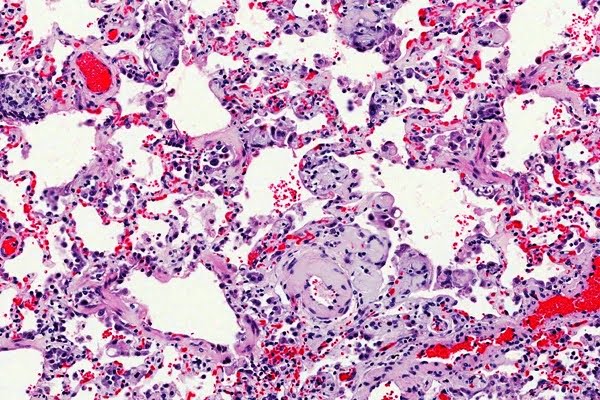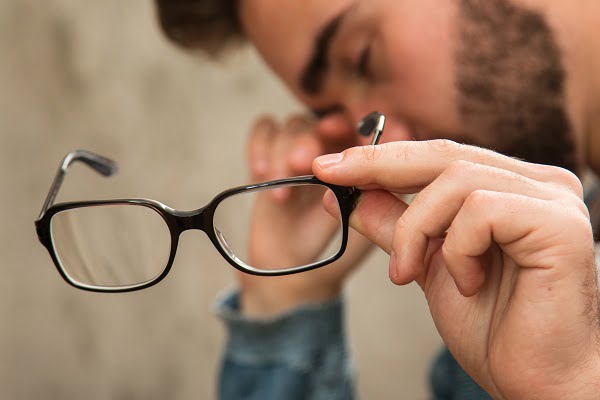Browsing: Rare Diseases
 The page provides quick access to a list of common rare and neglected diseases, syndromes, health conditions, and other topics of health importance. The list is organized alphabetically. Links are provided to respective diseases sections that serve as a comprehensive and ultimate guide about the disease or health condition.
The page provides quick access to a list of common rare and neglected diseases, syndromes, health conditions, and other topics of health importance. The list is organized alphabetically. Links are provided to respective diseases sections that serve as a comprehensive and ultimate guide about the disease or health condition.
According to the World Health Organization (WHO), rare diseases are defined as lifelong disease or disorder which has a prevalence of 1 or less in a population of 1000 people. In the United States, a prevalence of less than 200,000 cases indicates a medical condition to be rare. Rare diseases are also referred as orphan diseases as various drug companies do not want to develop any treatment or medication for it.
Majority of rare diseases occur due to genetic mutations in genes or chromosomes of an individual. Some cases have been reported where rare diseases occur due to an infection or due to rare cancers or autoimmune diseases. These autoimmune diseases do not have any inheritable significance.
Most rare diseases cannot be cured and lead to death of an individual or shortened life expectancy. Till date, all aspects of a rare disease have not been fully identified and understood by scientists, therefore, it is difficult to diagnose, treat and prevent occurrence of such diseases.
Some common rare diseases which have a widespread occurrence are acquired hemophilia, alkaptonuria, alpha and beta thalassemia, cystic fibrosis, Duchene muscular dystrophy, stargardt disease, sickle cell disease, nipah virus infection etc.
Early screening can help in the treatment of an affected child’s medical issues and improve his development. Prenatal tests are recommended for parents to identify any genetic defect in the fetus. Amniocentesis, chorionic villus sampling (CVS), blood tests and ultrasounds, MRIs are recommended in suspected cases.
How is Acromegaly Treated?
The goal of treatment in acromegaly is to restore the pituitary gland to normal function, producing normal levels of growth hormone, as well as reducing the negative effects of the tumor on the pituitary gland and surrounding tissues. The treatment includes surgical removal of the tumor, radiation therapy, and injection of growth hormone blocking drugs.
Exercise and Amyloidosis
There is no such theory that formation of amyloids can be reduced with an increase in physical activity but exercising has been found to be beneficial in many patients. Cardiac amyloidosis (amyloid deposits in the heart) patients should do limited and light exercises.
Kidneys are usually the first organs affected by amyloidosis. Accumulation of amyloid protein results in the formation of solid deposits that can stick in our kidneys. Unlike other types of excretory wastes, our kidneys are unable to easily excrete these deposits through urine.
Risk factors of amyloidosis include age, chronic inflammatory conditions, family history, multiple myeloma, and chronic kidney diseases. Some people with a large number of risk factors never develop amyloidosis, while others with no known risk factors develop the disease.
Amyloidosis is a rare disease that occurs when a substance called amyloid builds up in the body. It can affect your heart, kidneys, spleen, liver, nervous system, digestive system. There is no cure for amyloidosis. The treatment depends on the type of amyloidosis and the organs involved.
Is Macular Degeneration Hereditary?
Macular degeneration is hereditary and it runs in families. It means the risk of developing the disease increases if someone in the family has it. This suggests that there are certain genes which when passed through families increase the chances of developing the disease. Hereditary degeneration mostly affects children and young adults.
Preparing For Your Appointment With A Doctor For Castleman’s Disease
The actual cause of Castleman’s disease is unknown. Patients should be aware of its symptoms and be open to discuss about them with their doctors. Before you seek a doctor appointment, you should consider knowing about a few things. Here are some helpful tips for preparing to meet a doctor.
Age-Related Macular Degeneration: Causes, Symptoms, Diagnosis, Treatment
Macular Degeneration or Age-related Macular Degeneration (AMD) is a common eye problem in which macula damages and does not function properly. It is the most common cause of loss of vision seen in older people. Age-related macular degeneration is related to aging in which sharp central vision is destroyed slowly.
Visual Aids (vision aids) for Macular Degeneration are manufactured in such a way that it becomes convenient for a patient to use it autonomously and enjoy the quality of life. These aids are optical devices which improve vision by the magnification of images.













